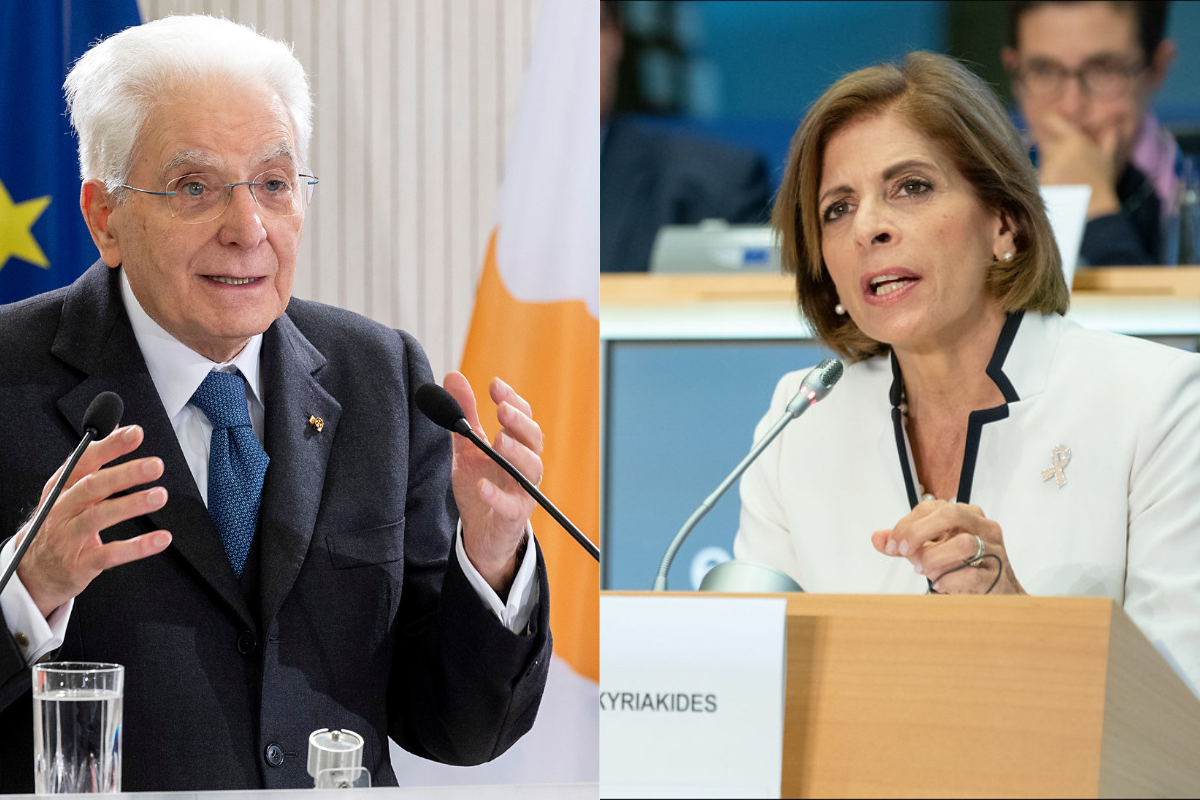Rare diseases, Mattarella’s appeal and the EU plan

In the EU, rare diseases affect 36 million people, of which 2 million in Italy. This is why on the world day dedicated to these pathologies, the EU announces, in addition to a plan worth more than 70 million euros, the reform of pharmaceutical legislation and the President of the Republic, Sergio Mattarella, recalls that "no disease is ever too rare so as not to deserve effective treatment." Facts, numbers and comments
Today we celebrate World Rare Disease Day, an initiative started in 2008 to bring attention to diseases that often have no answers. Yesterday the European Union took stock of what has been achieved so far but also of what still remains to be done both from a financial and political point of view.
Even the President of the Republic, Sergio Mattarella, recalling the 2 million Italian patients affected by rare diseases, called for more investments in research, as well as rapid diagnosis and treatment paths.
THE NUMBERS OF RARE DISEASES IN THE EU AND ITALY
As stated yesterday by the European Commissioner for Health, Stella Kyriakides, there are approximately 36 million people across the EU who today live with a rare disease and "for the majority of them there is no cure and this causes fear and frustration" .
In Europe, a disease is defined as rare when it affects no more than 5 people out of 10,000. In the territory of the 27 Member States alone there are more than 6,000 different ones. “Of these widespread evils – states Eunews – approximately 80% are of genetic origin and of these 70% begin already during childhood”.
In Italy there are more than 2 million people afflicted by diseases of this nature, Mattarella recalled.
THE NUMBERS OF CENTERS AND DRUGS FOR RARE DISEASES
Again according to what was reported by Eunews , "there is a network of 1,619 specialized centers and 382 hospitals located among the member states of the European Union plus Norway (a non-EU country which collaborates in the medical-health sector), and to date they have been authorized approximately 250 orphan drugs, specific medicines used for the diagnosis, prevention and treatment of rare diseases, in addition to 2,000 products under development".
From Italy, Mattarella also recalls the goals achieved by science: "The continuous progress of personalized medicine, genomic and biomedical technologies offer new treatment possibilities for various pathologies, paving the way for more targeted and effective therapies and making the future of many people suffering from rare diseases is increasingly encouraging, provided that the community is able to take responsibility for the right to health of these citizens".
MORE INVESTMENTS FOR RESEARCH
The Italian head of state then underlined the importance of investing more in the sector of pharmaceutical research and experimentation: "We need to increase investment in research and encourage a multidisciplinary approach in order to identify effective and rapid diagnostic and treatment paths".
The approval of the National Rare Diseases Plan 2023-2026 , which took place last May , added Mattarella, "represents a step forward towards those who ask for concrete solutions to improve the quality of their lives, because no disease is ever too rare to do not deserve effective treatment."
THE EU FINANCIAL PLAN FOR RARE DISEASES
Kyriakides also reported the financial efforts made so far and future ones at European level for rare diseases: "In the coming years the EU will invest more than 77 million euros to consolidate and improve these networks" of specialized centers.
“To better integrate them into national health systems – he specified -, we are financing a new joint action with over 18 million euros over the next three years.” Furthermore, “we are providing financial support under the Horizon Europe programme” for research, which includes “100 million euros for the development of diagnoses and treatments as part of a new European partnership on rare diseases”.
THE REFORM OF THE EU PHARMACEUTICAL MARKET
Kyriakides then introduced another topic: that of the reform of the single drug market , which will also affect medicines for pediatric use and for rare diseases. “Looking to the future, as part of the pillars of the European Health Union, there is the reform of the EU pharmaceutical legislation”, which “aims to direct pharmaceutical investments in drugs for rare diseases and to focus on disadvantaged areas”, he said Kyriakides.
Indeed, as the European Commission observes , access to medicines varies from one country to another. Some Europeans have to wait on average 4 months to find a certain medicine in the nearest pharmacy, while others have to wait more than 2 years for the same medicine and in the case of rare diseases the issue is even more complex.
This is a machine translation from Italian language of a post published on Start Magazine at the URL https://www.startmag.it/sanita/malattie-rare-lappello-di-mattarella-e-il-piano-dellue/ on Thu, 29 Feb 2024 14:38:53 +0000.
